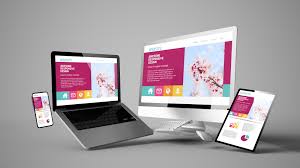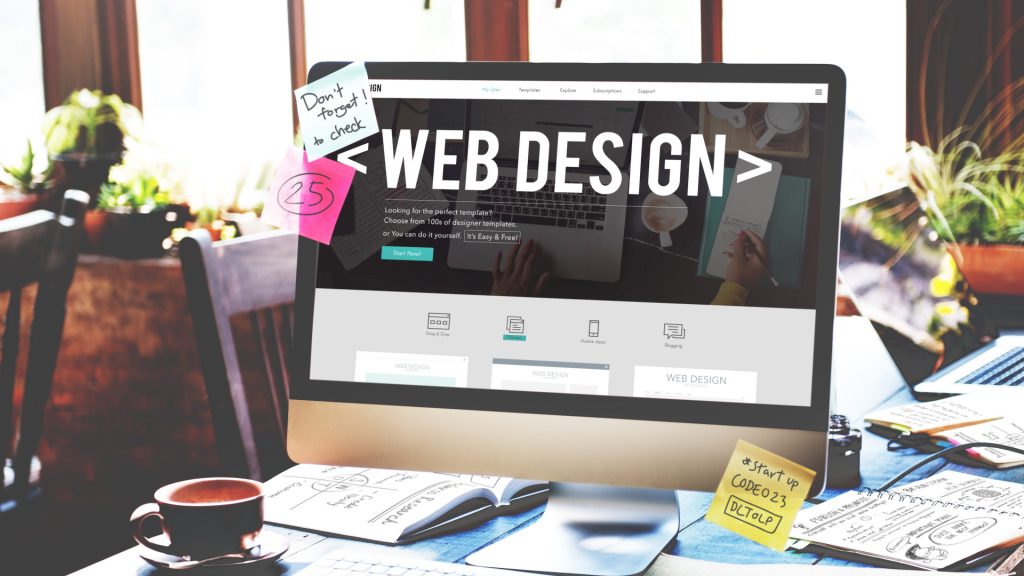The Ultimate Guide to Website Design: Trends, Tips & Best Practices
Introduction
In today’s digital era, a well-designed website is the backbone of a strong online presence. Whether you are a business owner, freelancer, or blogger, your website is the first impression that visitors get. A visually appealing and functional website can significantly impact user engagement, conversions, and SEO rankings. In this guide, we will explore the latest trends, expert tips, and best practices for website design in 2024.
1. Understanding the Ihttps://digitizebrand.com/mportance of Website Design
A great website is not just about aesthetics; it is also about functionality and user experience. Here’s why website design matters:
- First Impressions Count – Visitors judge a website within seconds. A clean and modern design can leave a lasting impression.
- Enhances User Experience (UX) – Easy navigation, fast loading speed, and responsive design contribute to a positive user experience.
- Improves SEO Rankings – A well-optimized website with proper structure, mobile responsiveness, and SEO best practices can rank higher on search engines.
- Boosts Conversions – A well-designed website guides visitors toward taking action, whether it’s making a purchase, signing up, or contacting you.
2. Latest Web Design Trends in 2024
Website design is constantly evolving. Here are some of the most popular web design trends to follow in 2024:
a) Dark Mode and Neumorphism
Dark mode is a growing trend that reduces eye strain and enhances the visual appeal of websites. Neumorphism combines elements of flat design with realistic shadows for a sleek and modern look.
b) Minimalistic & Clean UI
Simple, clutter-free designs improve readability and user experience. Minimalist web design focuses on bold typography, ample white space, and high-quality visuals.
c) Micro-Interactions and Animations
Micro-interactions like hover effects, button animations, and scrolling animations make websites more interactive and engaging.
d) AI-Powered Personalization
Artificial intelligence is now being used to personalize website content based on user behavior, leading to higher engagement rates.
e) Mobile-First Approach
With mobile traffic surpassing desktop traffic, designing a mobile-first website is essential. Ensure your website is fully responsive and provides a seamless experience on all devices.

3. Essential Website Design Elements
a) Responsive Design
A responsive website adapts to different screen sizes, ensuring a consistent experience on desktops, tablets, and smartphones.
b) Fast Loading Speed
Website speed is crucial for both user experience and SEO. Optimize images, use caching, and minimize unnecessary scripts to improve loading times.
c) Clear Call-to-Actions (CTAs)
A well-designed website includes compelling CTAs that guide users toward their next action, whether it’s purchasing a product or signing up for a newsletter.
d) SEO-Friendly Structure
Use proper HTML structure, header tags (H1, H2, H3), meta tags, and alt attributes for images to make your website search engine friendly.
e) High-Quality Visuals & Content
Engaging images, videos, and well-written content can enhance the overall appeal of a website and keep users engaged longer.
4. Best Practices forhttps://www.instagram.com/digitizebrand/?hl=en Website Optimization
a) Improve Page Load Speed
- Compress images using tools like TinyPNG.
- Use a Content Delivery Network (CDN).
- Minimize HTTP requests and reduce server response time.
b) Optimize for SEO
- Use relevant keywords naturally in content.
- Create high-quality, informative blog posts.
- Implement internal linking and structured data.
c) Ensure Mobile-Friendliness
- Use responsive frameworks like Bootstrap.
- Test your website on different devices.
- Use Google’s Mobile-Friendly Test tool.
d) Secure Your Website
- Install SSL certificates for HTTPS encryption.
- Regularly update plugins and software.
- Use strong passwords and security plugins.

5. Tools & Resources for Website Design
a) Website Builders
- WordPress – A powerful CMS with endless customization.
- Wix – Drag-and-drop builder for beginners.
- Squarespace – Stylish templates for creative professionals.
b) Design Tools
- Adobe XD – UI/UX design tool for prototypes.
- Figma – Collaborative web design platform.
- Canva – Easy-to-use graphic design tool.
c) SEO & Performance Tools
- Google PageSpeed Insights – Analyzes website speed.
- Ahrefs – SEO research and backlink analysis.
- GTmetrix – Website performance optimization tool.
Conclusion
Website design is a crucial aspect of digital success. A well-structured, visually appealing, and optimized website can enhance user experience, boost search engine rankings, and increase conversions. By following the latest design trends, best practices, and using the right tools, you can create a stunning and high-performing website.
Ready to take your website to the next level? Contact Digitize today and let’s build a website that stands out.

